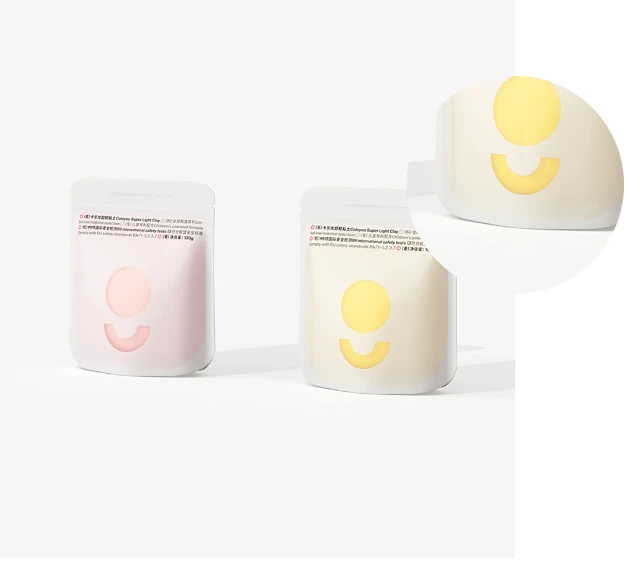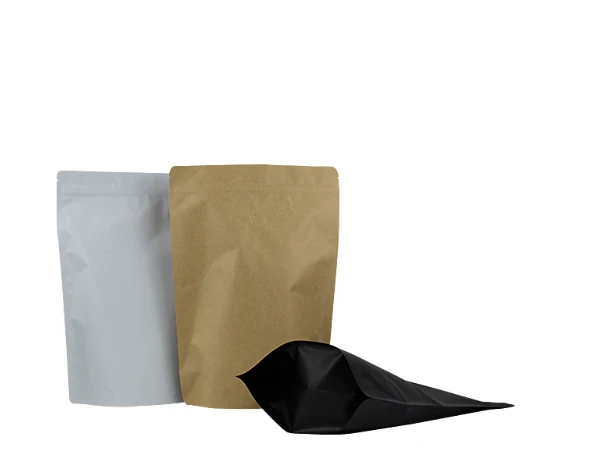Email: enid@bc-pak.com
Tel: 86-757- 88811186
- Afrikaans
- Albanian
- Amharic
- Arabic
- Armenian
- Azerbaijani
- Basque
- Belarusian
- Bengali
- Bosnian
- Bulgarian
- Catalan
- Cebuano
- chinese_simplified
- chinese_traditional
- Corsican
- Croatian
- Czech
- Danish
- Dutch
- English
- Esperanto
- Estonian
- Finnish
- French
- Frisian
- Galician
- Georgian
- German
- Greek
- Gujarati
- haitian_creole
- hausa
- hawaiian
- Hebrew
- Hindi
- Miao
- Hungarian
- Icelandic
- igbo
- Indonesian
- irish
- Italian
- Japanese
- Javanese
- Kannada
- kazakh
- Khmer
- Rwandese
- Korean
- Kurdish
- Kyrgyz
- Lao
- Latin
- Latvian
- Lithuanian
- Luxembourgish
- Macedonian
- Malgashi
- Malay
- Malayalam
- Maltese
- Maori
- Marathi
- Mongolian
- Myanmar
- Nepali
- Norwegian
- Norwegian
- Occitan
- Pashto
- Persian
- Polish
- Portuguese
- Punjabi
- Romanian
- Russian
- Samoan
- scottish-gaelic
- Serbian
- Sesotho
- Shona
- Sindhi
- Sinhala
- Slovak
- Slovenian
- Somali
- Spanish
- Sundanese
- Swahili
- Swedish
- Tagalog
- Tajik
- Tamil
- Tatar
- Telugu
- Thai
- Turkish
- Turkmen
- Ukrainian
- Urdu
- Uighur
- Uzbek
- Vietnamese
- Welsh
- Bantu
- Yiddish
- Yoruba
- Zulu
Side Gusset Pouch Packaging Bag
Views :
Update time : Feb . 15, 2025 07:02
Recycling has become a fundamental pillar in global efforts toward sustainability. Businesses and consumers alike face the challenge of reducing waste while minimizing environmental impact. In the world of e-commerce and retail, packaging often represents a significant wastage concern. However, innovative recyclable packaging solutions are transforming this narrative. Here, we explore actionable strategies and expert insights that establish trust and demonstrate leadership in sustainable packaging.
Moreover, partnerships with recycling facilities are an often overlooked yet impactful approach to bolstering packaging recycling initiatives. By collaborating with local recycling centers, brands can ensure that recycled materials find their way back into the production cycle, a concept known as ‘closed-loop recycling.’ This initiative not only demonstrates a brand’s commitment to circular economy practices but also instills confidence in environmentally conscious consumers. The economic benefits of investing in recyclable packaging solutions are tangible. A 2021 report by the Ellen MacArthur Foundation highlighted that businesses making the shift to sustainable packaging could see a 4% to 8% increase in their annual earnings. This boost is primarily attributed to reduced material costs and enhanced brand image. Thus, businesses that hesitate due to potential costs must consider the long-term financial benefits and customer retention that sustainability initiatives offer. However, the journey toward fully adopting recyclable packaging is not without challenges. Companies must address issues related to supply chain adjustments and the potential initial investment required. Expertise from sustainability consultants can provide valuable insights, helping businesses navigate this transition smoothly. They can offer bespoke solutions that align with both environmental goals and business objectives, ensuring that packaging choices remain economically viable while environmentally responsible. In conclusion, adopting recyclable packaging is more than just an environmental responsibility—it's a strategic business decision. By leveraging recyclable materials, adopting efficient designs, providing transparent recycling instructions, and engaging in closed-loop recycling practices, brands can establish themselves as leaders in sustainability. This not only enhances consumer trust and authority in the market but also contributes positively to a company's bottom line. The time to innovate and commit to recyclable packaging is now, driving a collective stride toward a more sustainable future.


Moreover, partnerships with recycling facilities are an often overlooked yet impactful approach to bolstering packaging recycling initiatives. By collaborating with local recycling centers, brands can ensure that recycled materials find their way back into the production cycle, a concept known as ‘closed-loop recycling.’ This initiative not only demonstrates a brand’s commitment to circular economy practices but also instills confidence in environmentally conscious consumers. The economic benefits of investing in recyclable packaging solutions are tangible. A 2021 report by the Ellen MacArthur Foundation highlighted that businesses making the shift to sustainable packaging could see a 4% to 8% increase in their annual earnings. This boost is primarily attributed to reduced material costs and enhanced brand image. Thus, businesses that hesitate due to potential costs must consider the long-term financial benefits and customer retention that sustainability initiatives offer. However, the journey toward fully adopting recyclable packaging is not without challenges. Companies must address issues related to supply chain adjustments and the potential initial investment required. Expertise from sustainability consultants can provide valuable insights, helping businesses navigate this transition smoothly. They can offer bespoke solutions that align with both environmental goals and business objectives, ensuring that packaging choices remain economically viable while environmentally responsible. In conclusion, adopting recyclable packaging is more than just an environmental responsibility—it's a strategic business decision. By leveraging recyclable materials, adopting efficient designs, providing transparent recycling instructions, and engaging in closed-loop recycling practices, brands can establish themselves as leaders in sustainability. This not only enhances consumer trust and authority in the market but also contributes positively to a company's bottom line. The time to innovate and commit to recyclable packaging is now, driving a collective stride toward a more sustainable future.
Recommend products
Read More >>
Related News
Read More >>













